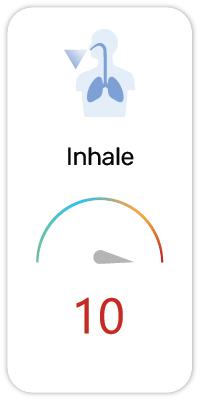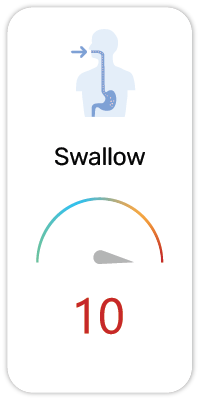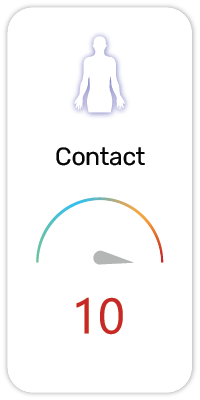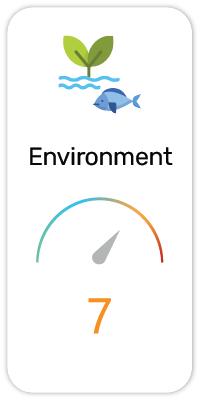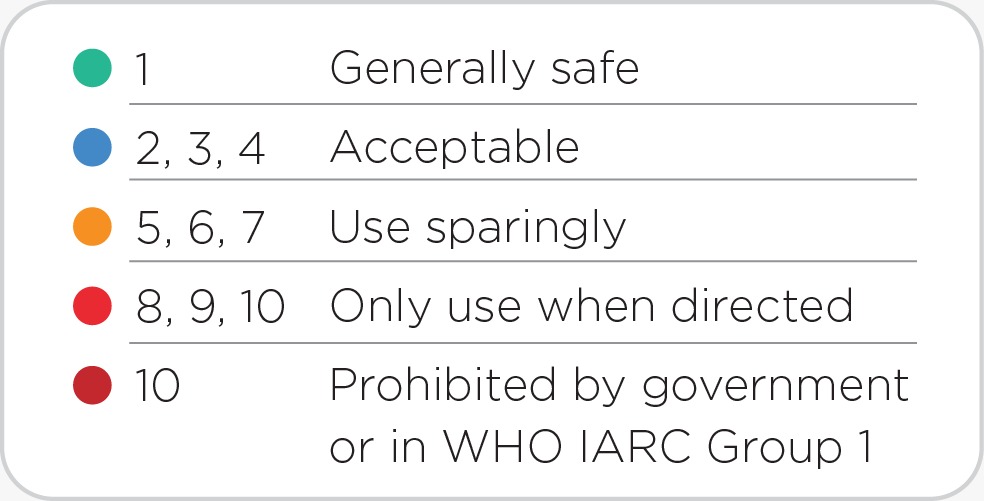Cobalt(in 8 products) Banned by Gov or classified as a carcinogen by IARC
Banned by Gov or classified as a carcinogen by IARC
Banned by Gov or classified as a carcinogen by IARC
Potential Risk Index®:
About:
Functions:
1. Colorant - Pigments or dyes that are added in order to change or enhance the color.
2. Contaminant / Impurity - Unintended/unwanted by-product
3. Drug / Medicine - Treats, alleviates, cures, or prevents sickness. As officially declared by a governmental drug/medicine regulatory body
Cobalt (Co) is a metal used in numerous diverse commercial, industrial, and military applications, many of which are strategic and critical. On a global basis, the leading use of cobalt is in rechargeable battery electrodes. Superalloys, which are used to make parts for gas turbine engines, are another major use for cobalt. Cobalt is also used to make airbags in automobiles; catalysts for the petroleum and chemical industries; cemented carbides (also called hard metals) and diamond tools; corrosion- and wear-resistant alloys; drying agents for paints, varnishes, and inks; dyes and pigments; ground coats for porcelain enamels; high-speed steels; magnetic recording media; magnets; and steel-belted radial tires. [1]
Scientific References:
1. PubChem: https://pubchem.ncbi.nlm.nih.gov/compound/104730
Regulatory References:
1. EU CosIng Annex II, SUBSTANCES PROHIBITED IN COSMETIC PRODUCTS [2017]
- Ref: II/1645
2. US California Proposition 65, Chemicals known to the State to Cause Cancer
- Cobalt metal powder
-
3. WHO International Agency for Research on Cancer (IARC) - Group 2B [2018]
- Cobalt and cobalt compounds
Safety and Hazards (UN GHS):
1. Harmful if swallowed (H302)
2. May cause an allergic skin reaction (H317)
3. Causes serious eye irritation (H319)
4. Fatal if inhaled (H330)
5. May cause allergy or asthma symptoms or breathing difficulties if inhaled (H334)
6. May cause respiratory irritation (H335)
7. May cause cancer (H350)
8. Suspected of causing cancer (H351)
9. May damage fertility or the unborn child (H360)
10. Suspected of damaging fertility or the unborn child (H361)
11. Causes damage to organs through prolonged or repeated exposure (H372)
12. Very toxic to aquatic life (H400)
13. Very toxic to aquatic life with long lasting effects (H410)
14. May cause long lasting harmful effects to aquatic life (H413)
Potential Health Concerns For:
1. Acidosis (PubMed ID:8440794)
2. Adrenal Gland Diseases (PubMed ID:25896363)
3. Attention Deficit Disorder with Hyperactivity (PubMed ID:31551411)
4. Autoimmune Diseases (PubMed ID:17291400)
5. Bradycardia (PubMed ID:22983774)
6. Breast Neoplasms (PubMed ID:15986119)
7. Cardiomyopathies (PubMed ID:3711722)
8. Cerebral Palsy (PubMed ID:16943593)
9. Ceroid Lipofuscinosis, Neuronal, 6 (PubMed ID:23516525)
10. Chromosome Breakage (PubMed ID:21968949)
11. Dermatitis, Allergic Contact (PubMed ID:18503684)
12. Goiter (PubMed ID:4416533)
13. Hematologic Neoplasms (PubMed ID:25896363)
14. Hypertension (PubMed ID:17039479)
15. Lung Diseases (PubMed ID:17553155)
16. Lung Diseases, Obstructive (PubMed ID:6434250)
17. Lung Injury (PubMed ID:25896363)
18. Lung Neoplasms (PubMed ID:23052192)
19. Metabolism, Inborn Errors (PubMed ID:20052548)
20. Neoplasms (PubMed ID:17916923)
21. Obesity (PubMed ID:28321702)
22. Occupational Diseases (PubMed ID:17553155)
23. Pancreatic Neoplasms (PubMed ID:25896363)
24. Pneumonia (PubMed ID:22198552)
25. Poisoning (PubMed ID:17553155)
26. Postoperative Complications (PubMed ID:24723216)
27. Pulmonary Fibrosis (PubMed ID:6434250)
28. Rhabdomyosarcoma (PubMed ID:20934443)
29. Testicular Diseases (PubMed ID:25896363)
Potential Health Benefits For:
1. Diabetic Nephropathies (PubMed ID:17967803)
2. Proteinuria (PubMed ID:17967803)
User Comments:
Submit


